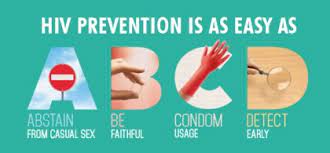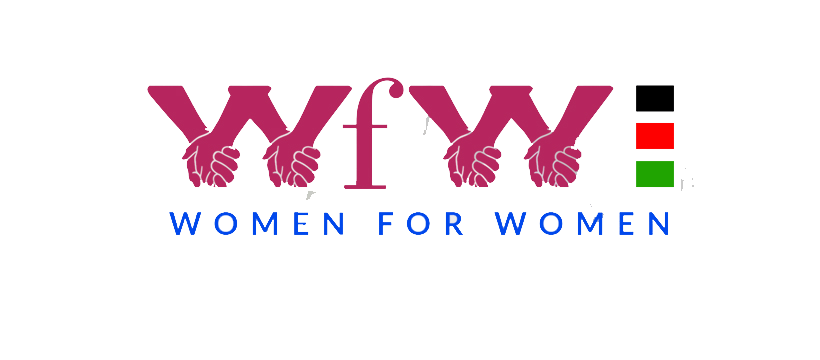Rape and Defilement affect younger people, especially between ages 12-34, are at the highest risk for sexual violence. Besides the physical and emotional trauma, you may also be at risk for sexually transmitted infections such as HIV.
If you suspect HIV exposure, see a doctor or get medical attention right away if you can. To lower your risk of infection, ask your doctor if post-exposure prophylaxis (PEP) is an option for you.
Post exposure prophylaxis. (PEP)
Post-exposure prophylaxis (PEP) is a preventive treatment used to reduce the risk of infection after potential exposure to a specific disease or pathogen. PEP is commonly used in the context of HIV (Human Immunodeficiency Virus) prevention, but it can also be employed for other infectious diseases such as hepatitis B and C.
In the case of HIV, PEP involves taking a combination of antiretroviral drugs within a specific timeframe after a potential exposure to the virus. The goal is to prevent the virus from establishing a persistent infection in the body. PEP should be initiated as soon as possible after exposure, ideally within hours, and continued for a prescribed duration, typically 28 days.
It’s important to note that PEP is not 100% effective and should not be seen as a substitute for other prevention methods such as practicing safe sex, using condoms, or using clean needles for injecting drugs. PEP is typically recommended for emergency situations, such as occupational exposure (e.g., needle stick injuries in healthcare settings) or sexual assault, where there is a significant risk of HIV transmission.
If you believe you may have been exposed to HIV or any other infectious disease, it’s crucial to seek immediate medical advice and consult with a healthcare professional who can assess your situation and guide you on the appropriate steps to take, including the possibility of PEP if warranted.
Pre-exposure prophylaxis. (PrEP)
Pre-exposure prophylaxis (PrEP) is a preventive treatment strategy used to reduce the risk of acquiring HIV (Human Immunodeficiency Virus) before potential exposure to the virus. PrEP involves taking a specific medication on a regular basis to provide protection against HIV infection.
The most common form of PrEP involves taking a medication called Truvada, which is a combination of two antiretroviral drugs (tenofovir disoproxil fumarate and emtricitabine). When taken consistently, PrEP can help block the virus from establishing a permanent infection if a person is exposed to HIV.
PrEP is generally recommended for individuals who are at high risk of acquiring HIV, such as those who have a partner with HIV, engage in sexual activity without condoms with partners of unknown HIV status or at high risk, or inject drugs and share needles. It is important to note that PrEP is not intended as a standalone HIV prevention method and should be used in conjunction with other preventive measures, such as condom use and regular testing for HIV and other sexually transmitted infections.
If you are considering PrEP, it is essential to consult with a healthcare professional who can assess your individual risk factors, provide guidance on whether PrEP is appropriate for you, and monitor your health while on the medication. They can also discuss any potential side effects and address any concerns you may have. PrEP is typically available by prescription, and healthcare providers can guide you through the process of obtaining and using it correctly.

What are the clinical guidelines on prep and pep in Kenya?
As of my knowledge cutoff in September 2021, the clinical guidelines for PrEP and PEP in Kenya are based on the recommendations of the National AIDS and STI Control Program (NASCOP). However, please note that guidelines can change over time, so it is important to consult the most up-to-date sources for the current recommendations.
In Kenya, PrEP and PEP guidelines are developed to address the specific context and needs of the country in preventing and managing HIV infections. Here are some key points from the guidelines:
1. Pre-Exposure Prophylaxis (PrEP):
- PrEP is recommended for individuals at substantial risk of acquiring HIV infection.
- The preferred regimen is daily oral PrEP using the fixed-dose combination of tenofovir disoproxil fumarate (TDF) and emtricitabine (FTC).
- PrEP should be offered as part of a comprehensive package of prevention services, including regular HIV testing, counseling, and adherence support.
- Individuals on PrEP should have regular follow-up visits for monitoring, evaluation, and assessment of risk behavior.
2. Post-Exposure Prophylaxis (PEP):
- PEP should be initiated as soon as possible, ideally within two hours but no later than 72 hours, after a potential exposure to HIV.
- The recommended PEP regimen consists of a 28-day course of antiretroviral therapy, typically using a combination of three drugs.
- PEP is indicated for various exposure types, including occupational exposures (e.g., healthcare workers) and non-occupational exposures (e.g., sexual assault, condom breakage, needle sharing).
- Prompt medical assessment and counseling are essential for individuals seeking PEP.
To obtain the most up-to-date and accurate information on PrEP and PEP guidelines in Kenya, I recommend referring to official sources such as the National AIDS and STI Control Program (NASCOP) or consulting with healthcare professionals familiar with the local guidelines and protocols.




